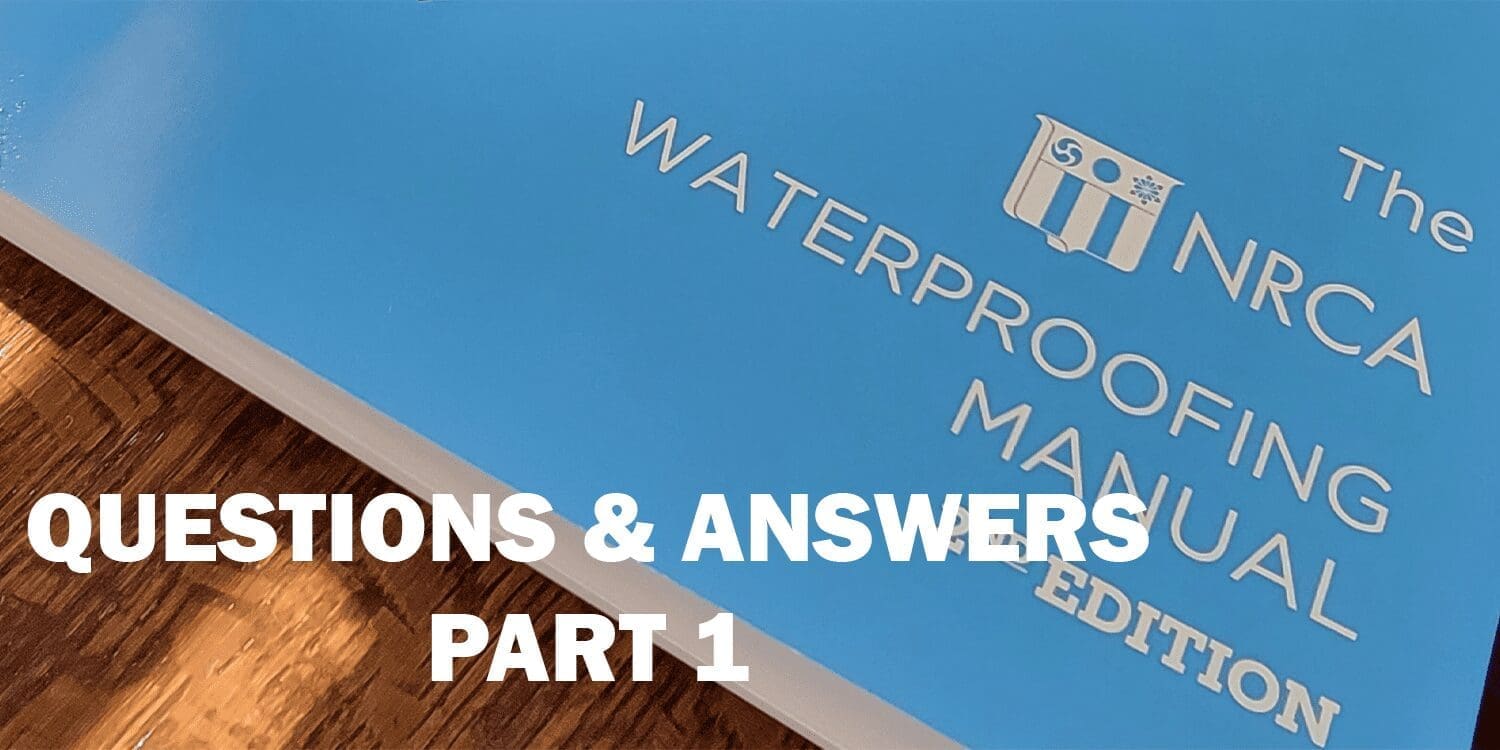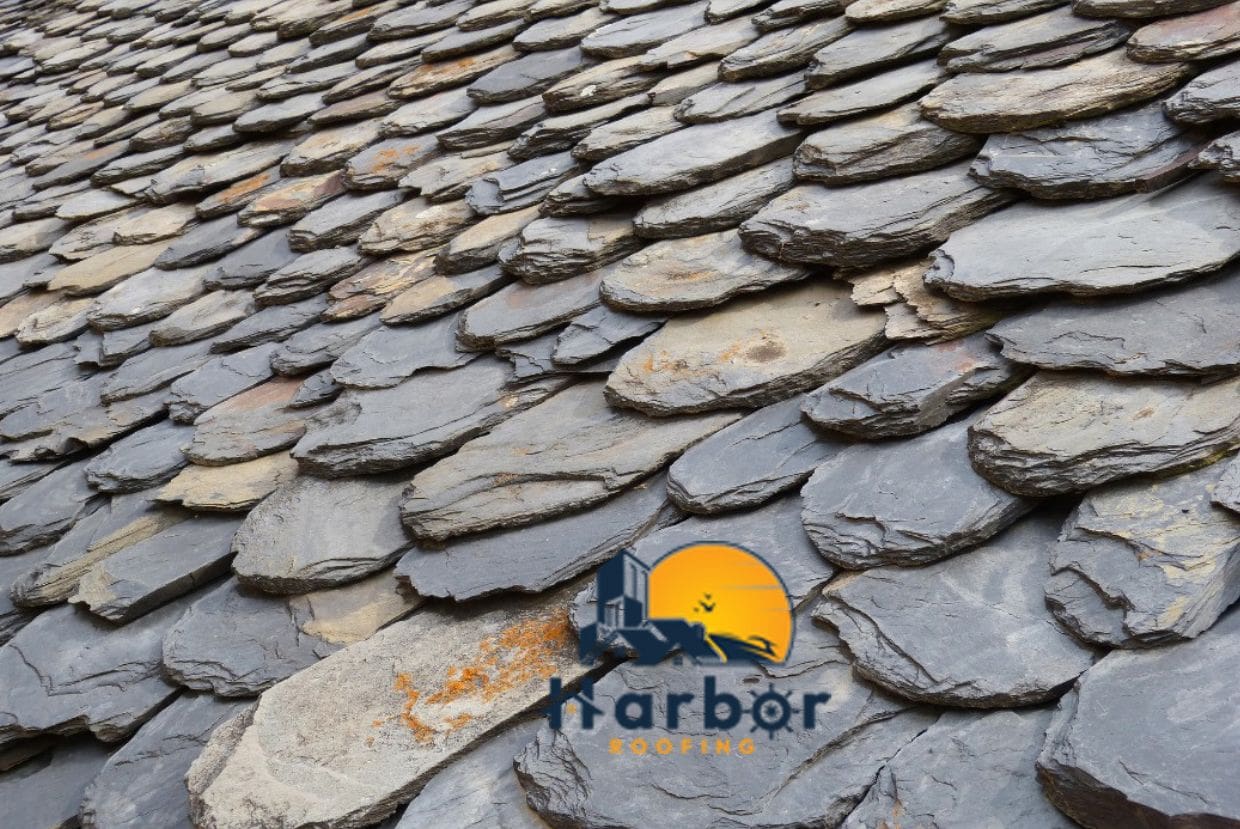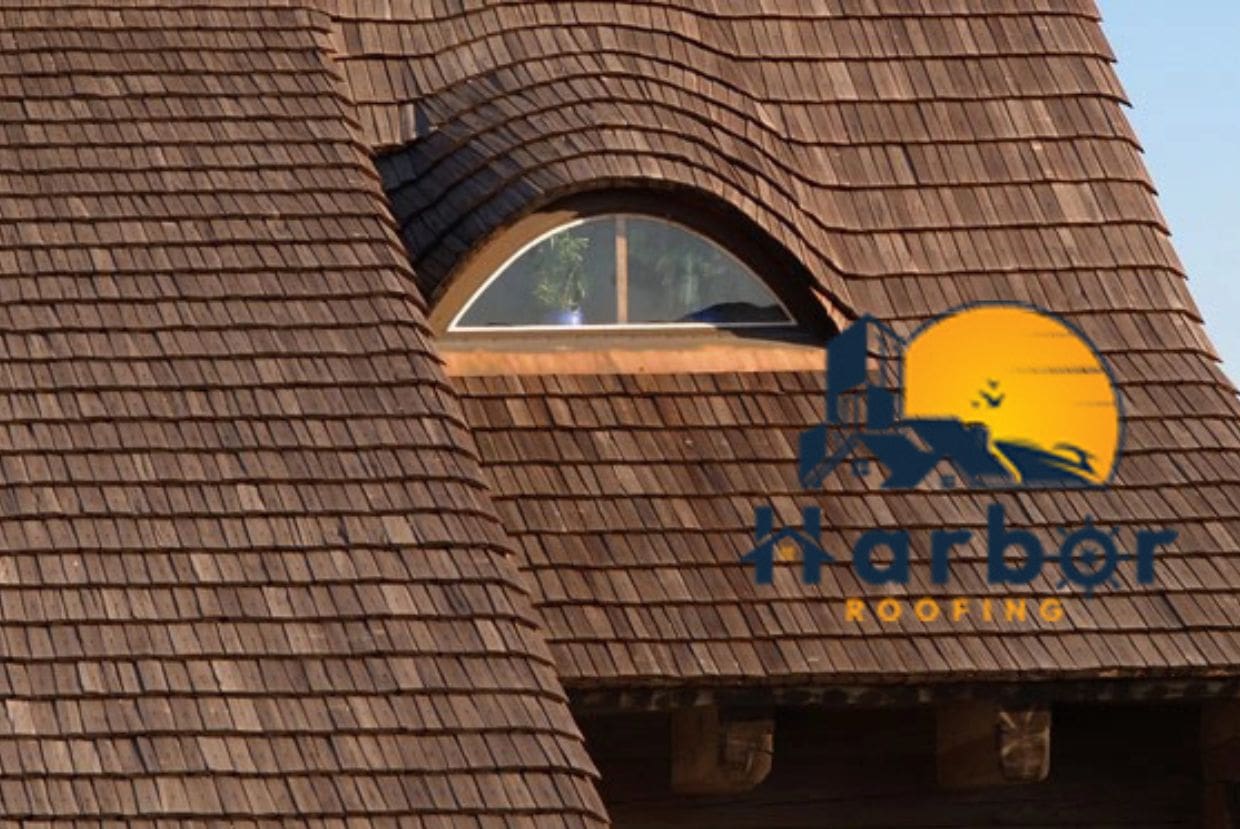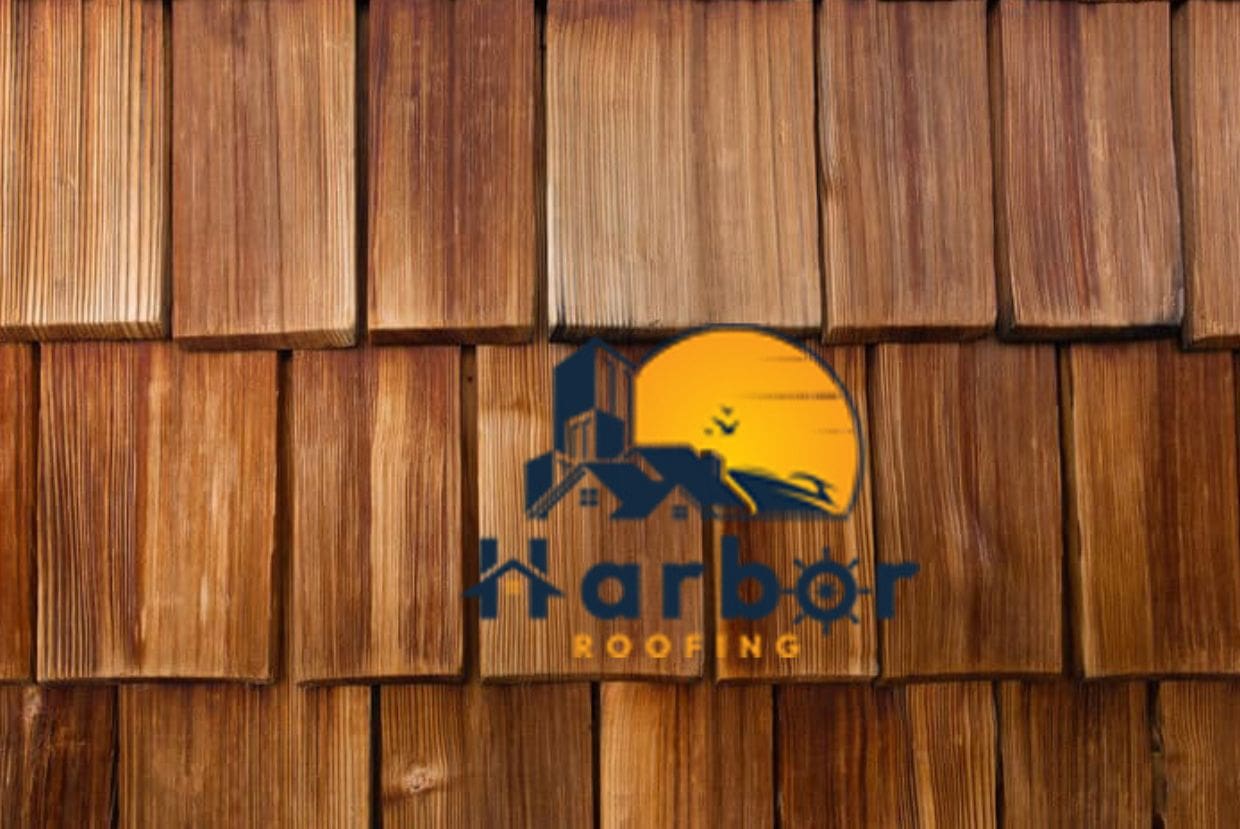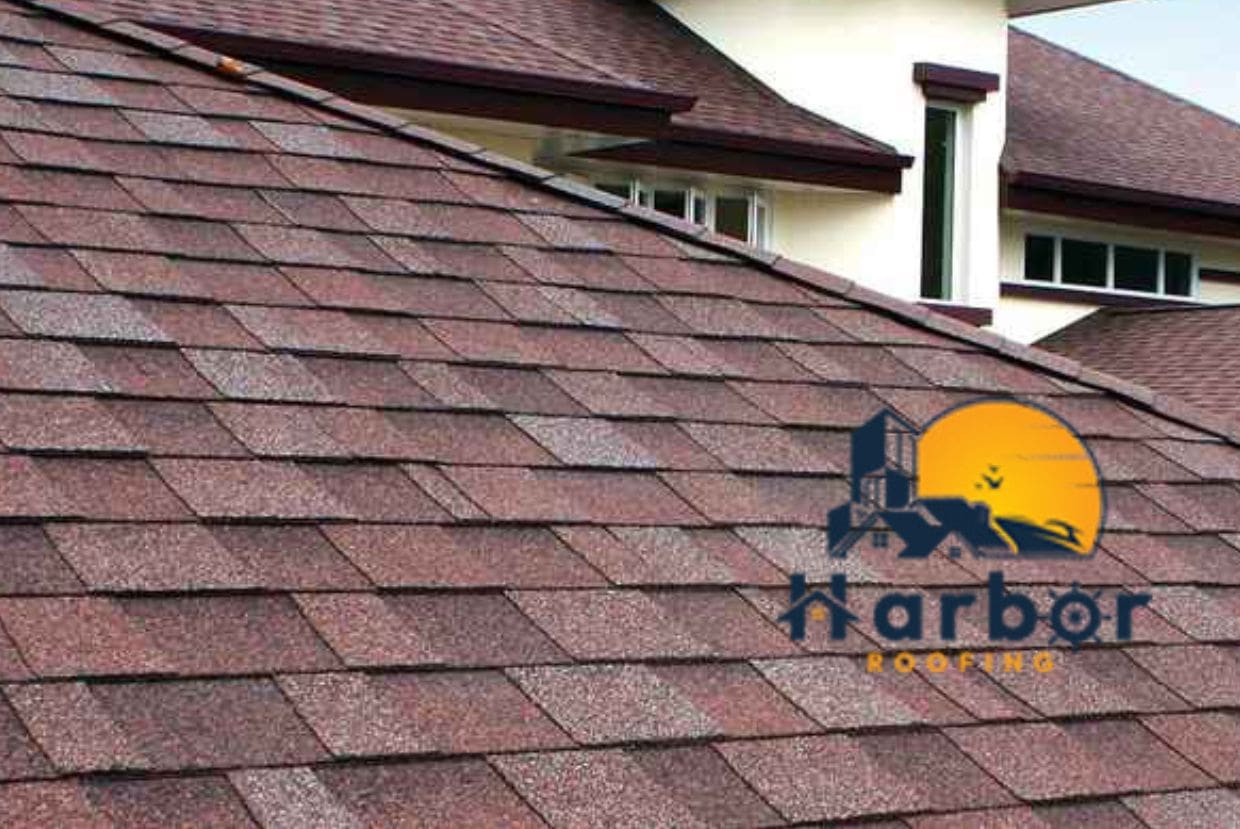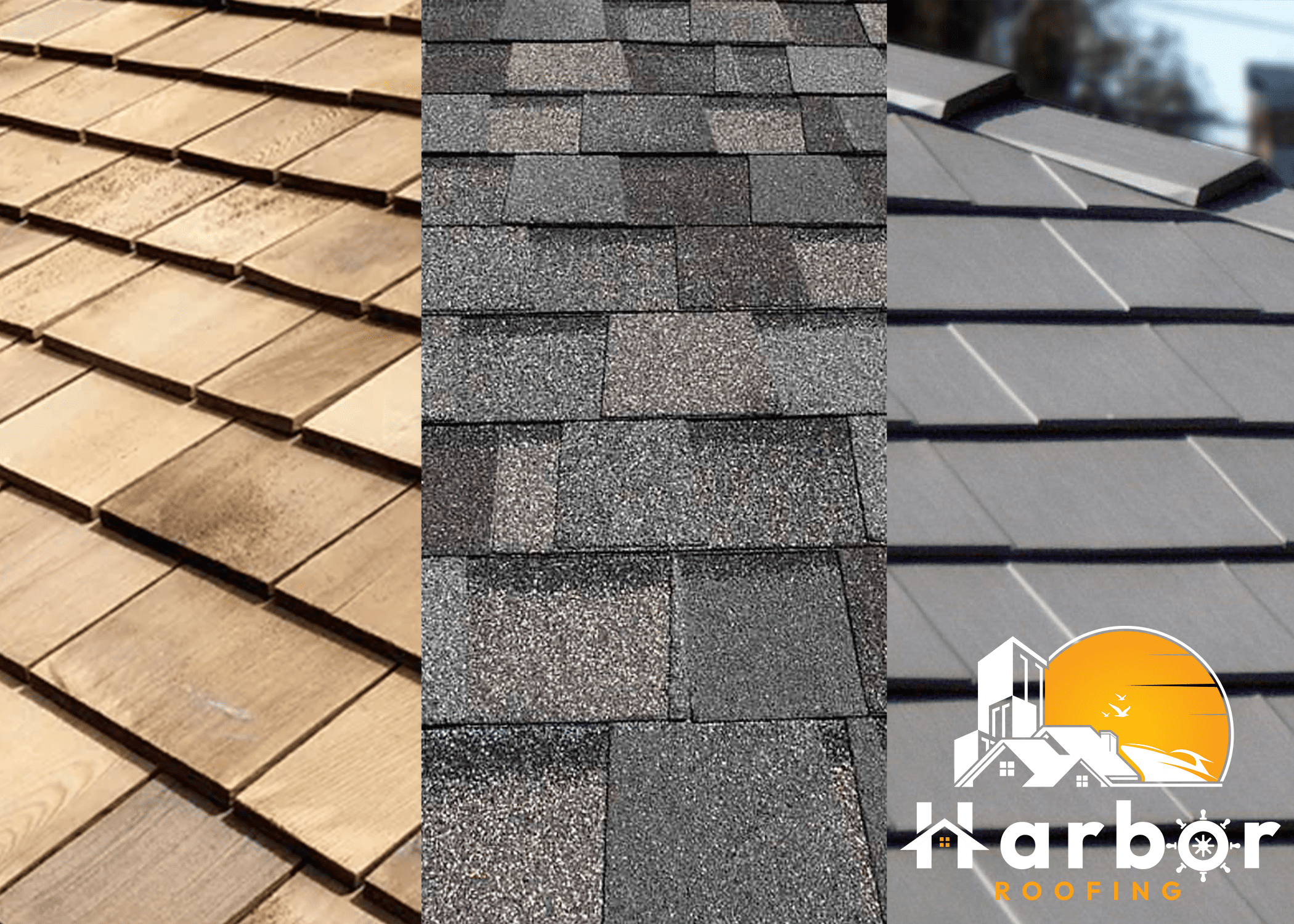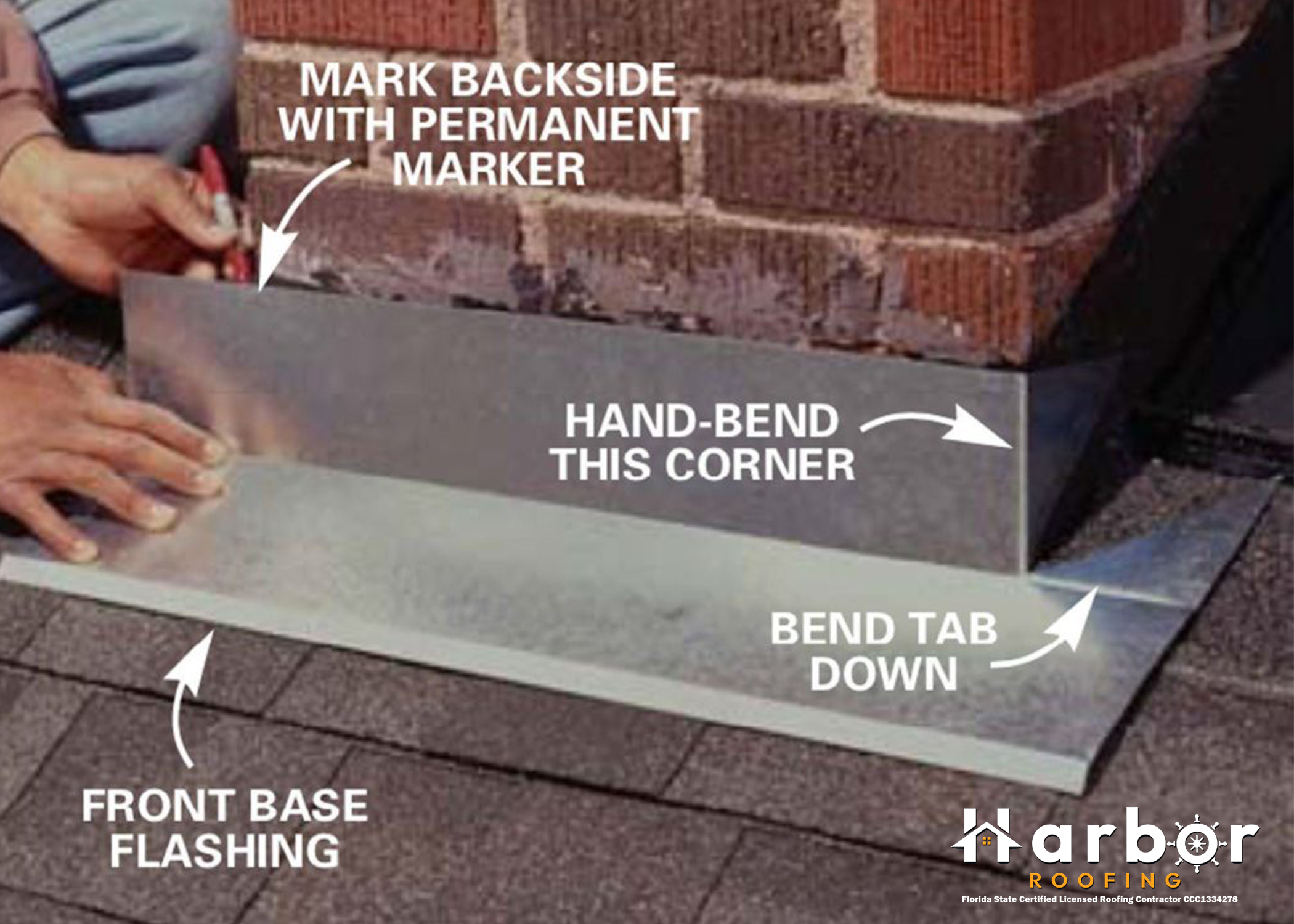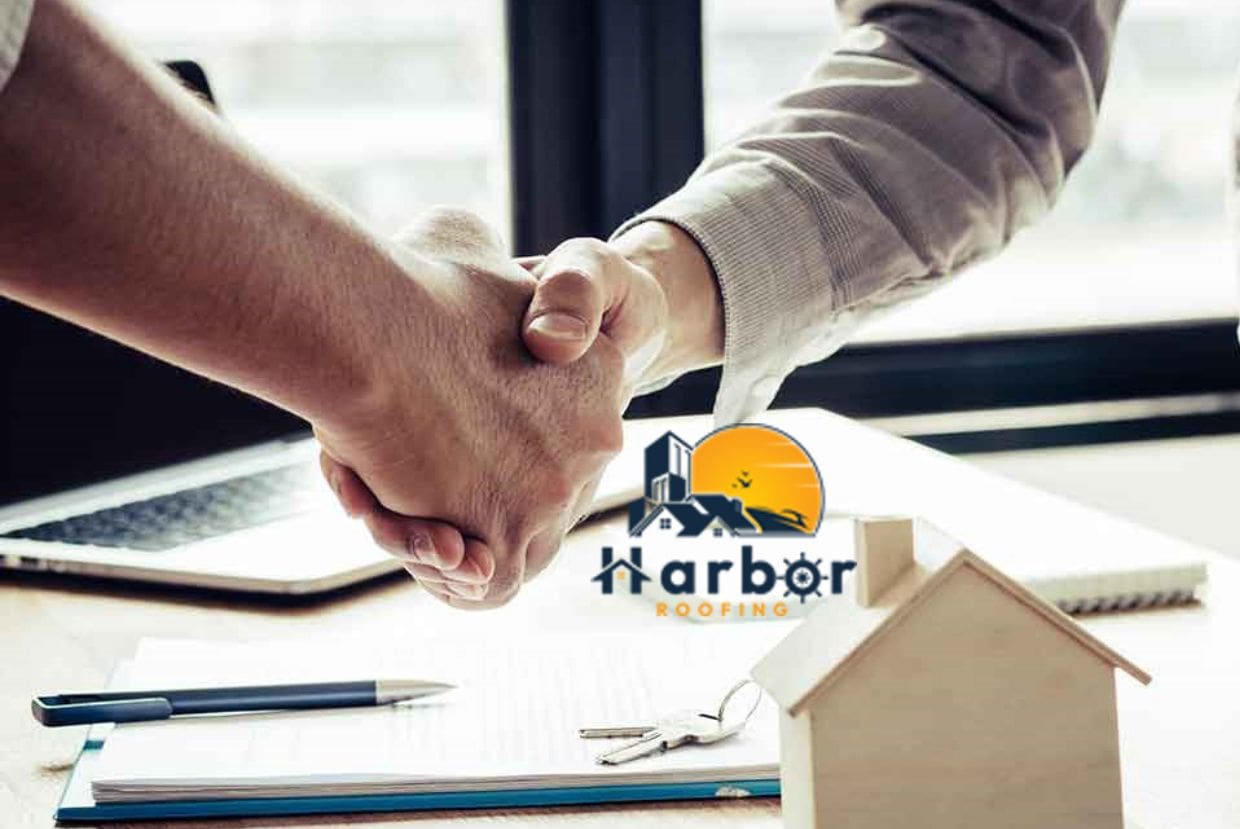QUESTION: What criteria mush be considered before designing a waterproofing assembly?
Answer:
- Climate & geographic location
- The buildings intended use and deisng life expectancy
- Exterior & interior temperature, humidity and use conditions
- Code requirements
- Type of condition of substrate, including soil
- Structural system
- Slope and drainage
- Waterproofing system type including overburden
- Accessibility and building configuration
- Building movement
- Type and amount of insulation/protection/drainage needed
- Need for ventilation during installation
- Compatibility with adjacent building and or systems components
- Construction sequencing
- Access for below-ground applications
- Concrete placement methods: poured-in-place concrete versus shotcrete
- Concrete finish
- Concrete moisture content
- Worker safety
- Potential building additions
- Odors generated by certain system application methods
- Water table depth (hydrostatic conditions)
- Construction traffic
- Penetrations
QUESTION: What 3 main functions are required for a waterproofing system to be successful?
Answer: Proper Design, Quality Materials, & Quality Workmanship
QUESTION: What does Hydrostatic mean?
Answer: Liquid at rest and the pressue the exert on the underlying surface.
QUESTION: Who must detail and supply proper specifications, drawings, and installation instructions of the waterproofing system?
Answer: The designer.
QUESTION: Who should be consulted for input during the design phase of a waterproofing system?
Answer: Waterproofing contracts & material manufacturers.
QUESTION: How should the materials for a waterproofing system be selected?
Answer: They should be selected base on waterproofing quality tested and proven by time, and the compatibility with the substrate.
QUESTION: What is a Pre-bid Conference
Answer: A pre-bid conference is for projects where specifications and drawings have been prepared, and 2 or more bids are being submitted for consideration. The pre-bid conference and serve the following purposes:
- All parties involved can be introduced, such as owners, owner’s representatives, designers, and contractors.
- A forum is provided where the project documents and the owner’s special needs can be reviewed and disussed.
- Establish conditions under which temporary waterproofing and/or traffic paths will be used and who will pay for them.
- Provide an opportunity to resolve any issues such as questions, discrepencies, contradictions, or errors in the documents.
- Provide an opportunity to go over best practices, limitations for site set-up, work hours, staging, storing materials, and removal of materials and debris.
- Identify and resolve any misconceptions in the scope of work.
- Identify the quality control and inspection process.
QUESTION: Who prepares and distributes the agenda for the pre-bid conference?
Answer: The designer, or the building owner’s representative.
QUESTION: What can the result of a properly conducted pre-bid conference be?
Answer: More accurate bidding, less change orders, a more detailed understanding of the project.
Below is a short video clip about pre-bid meetings.
QUESTION: What is a Pre-Job Conference?
Answer: A pre-job conference is when all the parties involved in the job meet to go over the details of the job reviewing the same information at the same time. The pre-job conference is where all the job details are ironed out and is handed off from the sales team to the production team.
QUESTION: Who should attend the Pre-Job Conference?
Answer: the owner, architect/engineer or designer, general contractor, site contractor, waterproofing contractor, site contractor, waterproofing contractor, consultant, inspector or quality-assurance supervisor, wall/slab/deck contractor, mechanical contractor and any others whose work may interface with or affect the waterproofing project.
Below is a video with more details about the Pre-Job Conference.
QUESTION: Where should materials that a susceptible to retaining moisture or being damaged by moisture be stored?
Answer: In a dry location
QUESTION: If moisture-sensitive materials are stored outside, how should they be stored?
Answer: A pallet or platform raised off the ground and covered with a breathable water-resistant covering such as water-resistant tarpaulines.
QUESTION: How should rolled material be stored?
Answer: Rolled material should be stored on the ends standing up to prevent becoming deformed.
QUESTION: Can bitumen be stored on the ground unprotected?
Answer: Yes, however moisture, dirt, snow, and ice should be removed from the bitument before it is heated.
QUESTION: What type of materials should be protected from freezing when being stored?
Answer: Water-based materials such as asphalt emulsions, acrylic coatings and water-based adhesives.
QUESTION: What materials should be stored at proper temperatures?
Answer: Solvents, adhesives, foam components and sealants.
QUESTION: When are temporary waterproofing systems necessary?
Answer: When there is unsuitible weather condition inhibit other contractors ability to perform their work. They may also be necessary over habitable spaces or places used as work platforms or staging areas that require waterproofing prior to the permanent waterproofing systems being installed.
QUESTION: What should be done with polymer-modified bitumen materials in cold weather?
Answer: Depending on the cold weather-flexibility properties,the should be unrolled and prewarmed according to manufacturers specifications.
QUESTION: What must not be allowed to take place on adhesives and solvents before bonding or welding takes place?
Answer: Moisture must not be allowed to condense or freeze.
QUESTION: What can cold weather do to solvents and adhesives?
Answer: Cold weather can slow the curing or evaporating of solvents and adhesives which may impair the solvent welding, bonding and long-term adhesion of waterproofing membranes.
QUESTION: What kind of decks can remain excessively cold during cold weather?
Answer: Concrete decks.
QUESTION: To provide complete and permanent welds, heat welders must be maintained at what?
Answer: Proper Temperatures
QUESTION: What should you do to equipment temperatures and application rates when installing heat-fused polymer-modified bitumen membranes in cold weather.
Answer: Equipment temperatures and application rates should be adjusted in cold weather to achieve thorough membrane adhesion.
QUESTION: What can happen to bitumen in excessively hot temperatures?
Answer: It cools more slowly and can lead to sticking, making is easier to create physical damage to the membrane by means of foot traffic, construction process, or equipment traffic.
QUESTIONS: What problems can hot weather cause when using solvents and adhesives?
Answer: Hot weather can cure or evaporate solvents and adhesives more quickly, which can impair solvent welding bonding and long-term adhesion.
QUESTION: What kind of substrate can retain excessive amount of heat in hot weather?
Answer: Concrete.
QUESTION: Is it okay to install waterproofing when water, frost, snow, or ice is present on the surfaces where the waterproofing is to be installed?
Answer: NO, NEVER
QUESTION: After precipitation, What should you do before adhering a waterproofing system to the substrate?
Answer: An adhesion test should be performed to ensure the system will properly adhere to the substrate.
QUESTION: What provisions should be included for a structurally sound wall, slab, or deck?
Answer:
- Live loads, such as snow, ice, etc.
- Constructions loads, such as equipment, workers, material loads, etc.
- Dead loads, such as conduit for fire sprinklers and electrical lines, duct work, equipment, piping etc.
- Dead loads such as the waterproofing system itself, conrete toppings, paver, or retained water.
- Deck strength (guage, density, type and thickness)
- Expected deflection
- Drainage
- Expansion Joint placement
- Placement of structural support of curb and penetration members and details
- Attachement or securement provisions for a deck
- Suitability for adhesion/attachment of waterproofing membrane
- Suitability for water-test loads.
QUESTION: How should a structurally sound wall, slab or deck remain as to not deflect excessively under live loads?
Answer: Rigid
QUESTION: What kind of inspection should be performed prior applying the waterproofing materials?
Answer: A subtrate surface inspection.
QUESTION: What should a contractor look for during a substrate surface inspection?
Answer: The contractor shoud inspect the substrate surface to verify that it is clean, dry, smooth and acceptible for the waterproofing system installtion.
QUESTION: Who should attend the substrate surface inspection?
Answer: the waterproofing contractor, material manufacturer, and all appropriate parties, such as the general contractor, wall/slab/deck contractor, architect/engineer or designer, and owner’s representative.
QUESTION: What kind of slope is require for waterproofing systems over habitable spaces?
Answer: A slope with positive drainage.
QUESTION: What is the minimum slope that should be specified for a waterproofing systems over habitable spaces?
Answer: 1/8:12
QUESTION: What do certain decks such as precast concrete incorporate in anticipation for future loads?
Answer: Camber
QUESTION: Why must camber in a deck be considered in the roof design?
Answer: Because camber will impact the drainage.
QUESTION: What dictates the number of drains, drain pipe and plumbing sizes, and need for secondary drainage?
Answer: Building Codes
QUESTION: Where would you find the design information for drainage in the building code?
Answer: The plumbing section
QUESTION: What level are primary drains place?
Answer: The same level as the waterproofing membrane.
